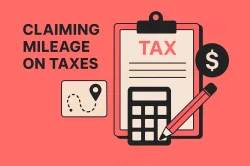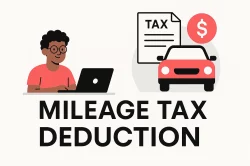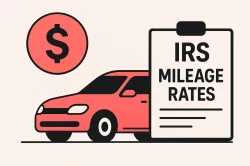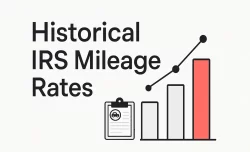Table of Contents
Understanding business mileage is key for anyone who drives for work. It’s not just about the distance you drive; it’s about why you’re driving and how to prove it. Get it right, and you could save a significant amount on your taxes. Get it wrong, and you risk problems with the IRS. This guide breaks down everything you need to know in simple terms.
What Qualifies as Business Mileage for IRS Purposes?
This is the most important question to answer. Business mileage is the distance you drive for work reasons, but it doesn’t include your regular drive from home to work. That trip is called commuting mileage, and it’s usually a different category.
Think of it this way:
- You drive from your home to your main office every day. That’s commuting mileage. It typically doesn’t count for tax deductions.
- You drive from your main office to a client’s location. That’s business mileage.
- You drive from your main office to pick up office supplies. That’s business mileage.
- You drive from one work location to another, maybe between two different job sites. That’s also business mileage.
The IRS defines business mileage as travel between your home and a temporary work location, between a regular work location and a temporary work location, or between two work locations. If you run errands for your business, like going to the bank or the post office, those miles also count as long as they are for business reasons and not part of your normal commute.
FAQ
What qualifies as business mileage?
Business mileage includes miles driven specifically for business purposes (e.g. house showings as a real estate agent) , such as client visits, meetings, or errands directly related to your work, excluding commuting.
Why is tracking business mileage important?
Accurate tracking (especially with apps like Everlance mileage tracker, Driversnote, or the MileIQ app) helps you maximize tax deductions, ensures compliance with IRS guidelines, and protects you in case of an audit.
How does MileageWise simplify business mileage tracking?
MileageWise tax mileage tracker automates mileage logging, helps ensure IRS compliance, and streamlines reporting, saving time and reducing errors. You can even import your mileage recorded by Google if you forgot to track.
Try MileageWise for free for 14 days. No credit card required!
Related Terms
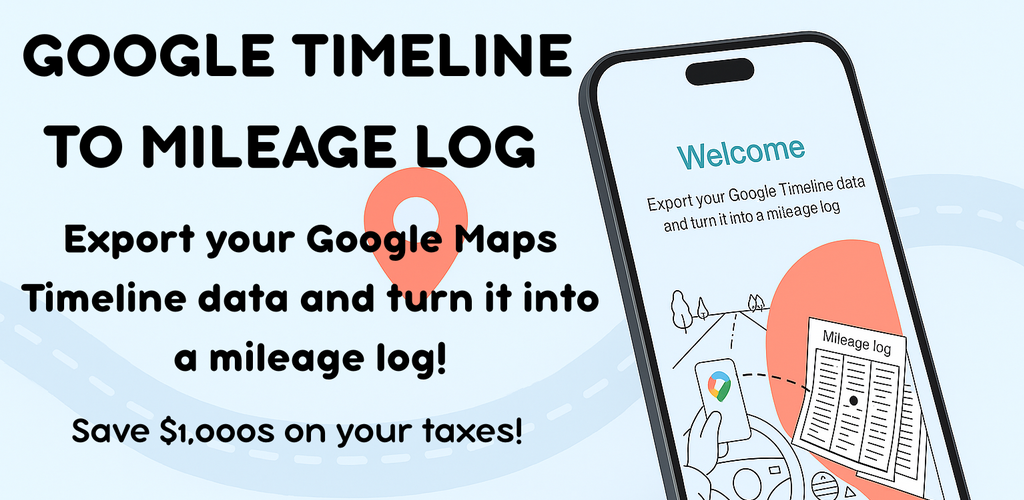
Our New Timeline Import App
Our new Timeline Import app makes it incredibly easy to turn your Google Maps Timeline trips into a clean, accurate, and IRS-proof mileage log. Without

DoorDash Tips and Tricks: Your Edge Over Competition
Last Updated: November 17, 2025 I’m excited to share the top DoorDash tips and tricks shared by YouTuber Pedro “Mr.BetonYou” Santiago. He collected and vetted the

8 Uber and Lyft Scams Every Driver Should Know
Last Updated: November 9, 2025 Driving for Uber or Lyft can be a rewarding gig, offering flexibility and the chance to meet new people. However,
SherpaShare Shutdown – What To Do Now?
Last Updated: October 7, 2025 SherpaShare was a service designed primarily for people who work as independent contractors, particularly those in the ride-sharing and delivery
Gas Mileage Tracker: Your Key to Savings
Last Updated: August 8, 2025 A gas mileage tracker helps drivers watch their vehicle’s fuel use, mileage, and related costs. You might want one to
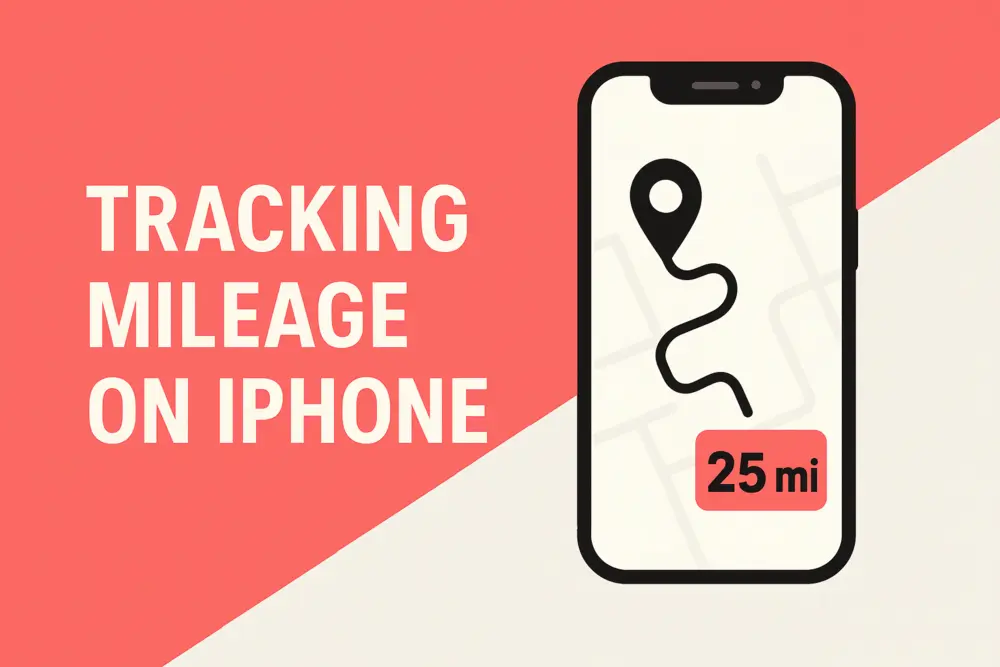
How To Track Miles on iPhone: Find your Match
Last Updated: August 6, 2025 Looking to track miles on your iPhone? Whether it’s for fitness, personal use, or business tax deductions, your iPhone offers
Related Guides

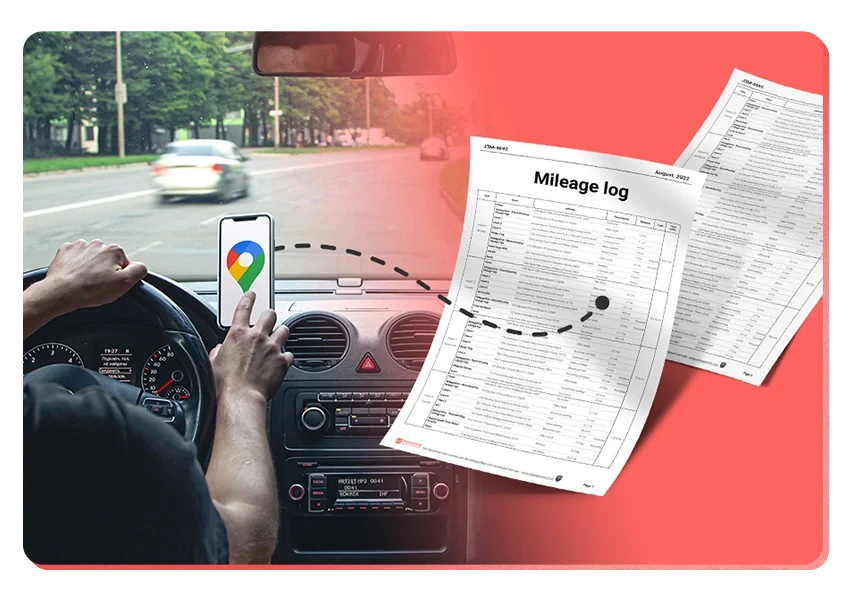
It’s Finally Here! Google Maps Timeline Import from Mobiles
Transform your Trip Lists into Mileage Logs with MileageWise

Our New Timeline Import App
Our new Timeline Import app makes it incredibly easy to turn your Google Maps Timeline trips into a clean, accurate, and IRS-proof mileage log. Without

DoorDash Tips and Tricks: Your Edge Over Competition
Last Updated: November 17, 2025 I’m excited to share the top DoorDash tips and tricks shared by YouTuber Pedro “Mr.BetonYou” Santiago. He collected and vetted the

8 Uber and Lyft Scams Every Driver Should Know
Last Updated: November 9, 2025 Driving for Uber or Lyft can be a rewarding gig, offering flexibility and the chance to meet new people. However,
SherpaShare Shutdown – What To Do Now?
Last Updated: October 7, 2025 SherpaShare was a service designed primarily for people who work as independent contractors, particularly those in the ride-sharing and delivery
Gas Mileage Tracker: Your Key to Savings
Last Updated: August 8, 2025 A gas mileage tracker helps drivers watch their vehicle’s fuel use, mileage, and related costs. You might want one to

How To Track Miles on iPhone: Find your Match
Last Updated: August 6, 2025 Looking to track miles on your iPhone? Whether it’s for fitness, personal use, or business tax deductions, your iPhone offers

Was Your Google Timeline Deleted? Here’s What Happened:
Last updated: November 20, 2025 If you recently opened Google Maps and noticed your Timeline was deleted or partially missing, you’re not alone. In this

It’s Finally Here! Google Maps Timeline Import from Mobiles
Struggling to Manage Your Trips After Google’s Timeline Update? If you’re reading this, you’ve likely encountered the recent update affecting Google Maps Timeline. With Timeline
Transform your Trip Lists into Mileage Logs with MileageWise
Last Updated: October 1, 2025 Do you have a list of monthly trips from a data source like Excel or Google Timeline, but need to
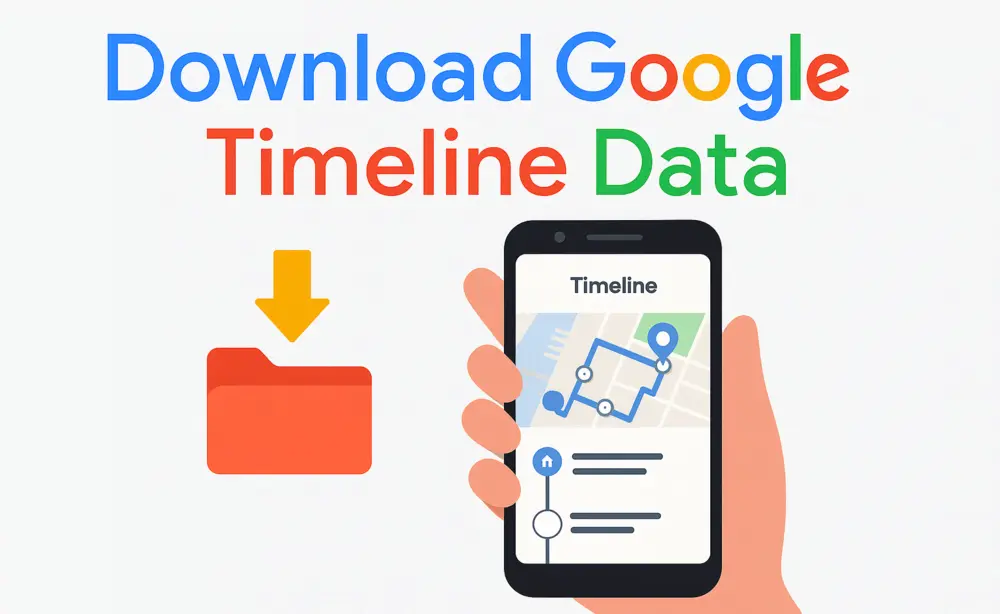
How to Download Google Timeline Data: A Guide
Google Timeline Import Hub Last Updated: October 30, 2025 Want to download Google Timeline data? This guide shows you how to extract your location history
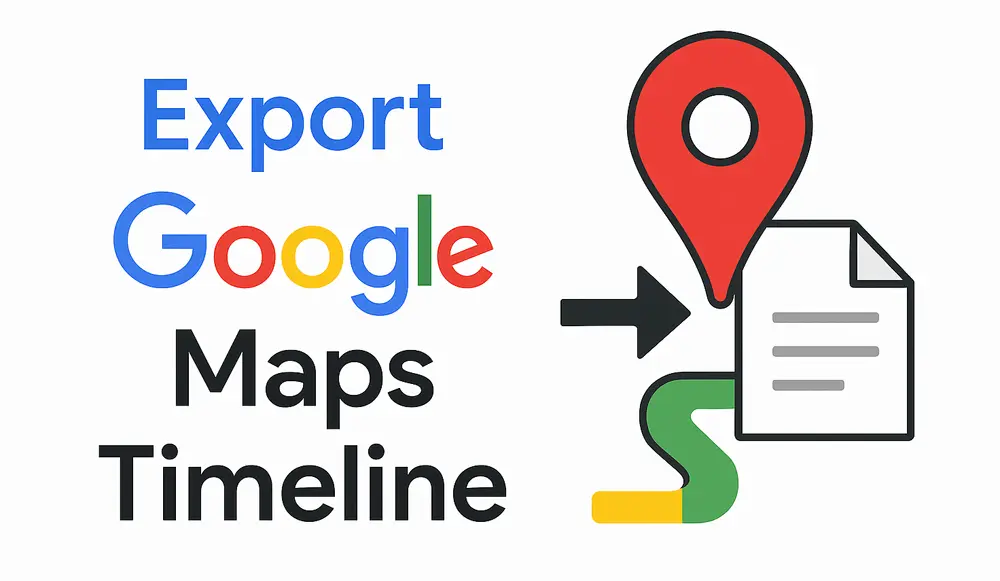
How to Export Google Maps Timeline: Get Your Data
Google Timeline Import Hub Last Updated: October 29, 2025 It can be tricky to export Google Maps Timeline data after Google’s recent updates. Many users
Google Maps Mileage Tracker: From Timeline to Mileage Log
Google Timeline Import Hub Last Updated: October 29, 2025 If you’re an active user of Google Maps Timeline you likely already know how convenient it
Timeero
Table of Contents Timeero Timeero is a time, location, and mileage tracking app designed for businesses and teams in the United States. It helps employers
Milewise by Allstate
Table of Contents Milewise by Allstate Milewise by Allstate is a pay-per-mile car insurance program offered by Allstate Insurance in the United States. It’s designed
Hurldr
Table of Contents Hurdlr Hurdlr is a finance and expense tracking app designed for self-employed professionals, freelancers, and gig workers in the United States. It



